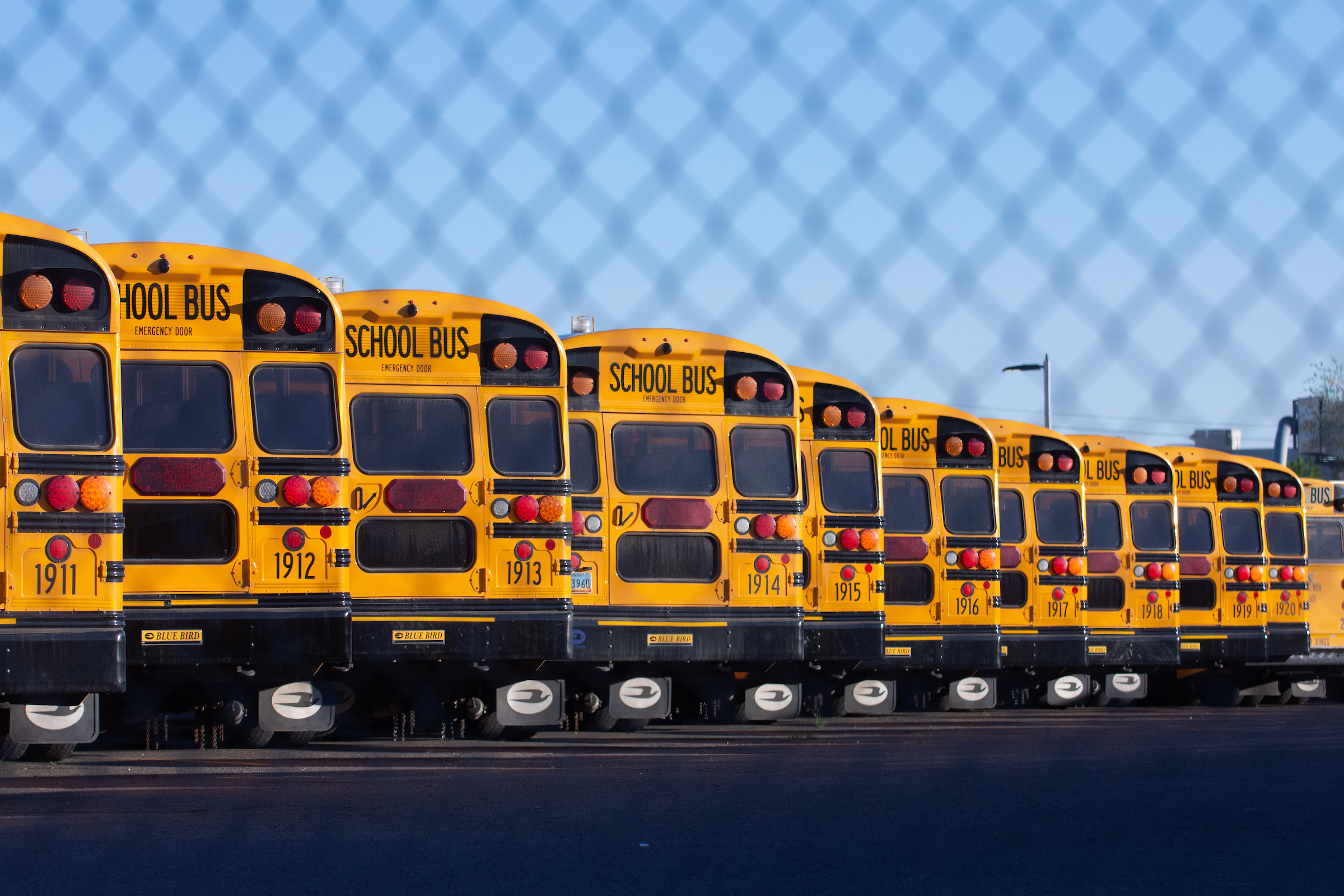Budget panel OKs major education spending increase, Lombardo initiatives still in limbo

A joint budget subcommittee voted Tuesday to approve $11.2 billion in K-12 spending over the next two years, advancing a roughly $2 billion increase from the previous budget cycle — a jump of about 26 percent.
That increase has become central to both legislative Democrats and Republican Gov. Joe Lombardo as each has jockeyed to take credit for efforts to improve the state’s public schools. To that end, Tuesday’s approval also included $318.5 million more than the funding levels initially proposed by Lombardo — a boost of almost 3 percent that was quickly lauded by Democratic leaders in a press release as “Democrats’ historic education budget proposal.”
Nevada’s education spending has long lagged behind the national average, with the legislatively created Commission on School Funding reporting in 2022 that the state would need to spend $3.2 billion more than current levels in a 10-year period in order to hit expert-recommended funding levels. Those recommendations included a call to increase the state’s property taxes and sales taxes — neither of which have been taken up by either lawmakers or the governor’s office.
Lawmakers also voted to increase the cap on the state’s education rainy day account, and deferred judgment on a proposal from Lombardo’s office to earmark money for early childhood literacy and teacher pipeline programs in favor of diverting more than $291 million in excess funds back to the funding formula, known as the Pupil-Centered Funding Plan (PCFP).
Created under Democratic control of state government in 2019, the PCFP dictates how money is distributed from the State Education Fund to the state’s K-12 schools. It calls for both a base per-pupil amount (which will increase from $7,074 in fiscal year 2023 to $9,023 by fiscal year 2025), and additional weights for English language learners, at-risk students, students with disabilities and gifted and talented students.
According to a presentation from the Legislative Counsel Bureau Tuesday, the change would also ease potential cash flow issues with the PCFP, as money being spent becomes misaligned with new funding coming in — usually from various tax payments tied to different parts of the calendar year.
Only one lawmaker, Sen. Robin Titus (R-Wellington), voted against the move, though Senate Minority Leader Heidi Seevers Gansert (R-Reno) separately called for a move to divert accrued interest from the stabilization account (the education rainy day fund) toward the governor’s programs. Under the language in the governor’s bill, AB400, excess funds in the stabilization account over a statutory cap would have been split into two $123 million chunks: one in seed funding for an Early Childhood Literacy and Readiness Account, and another for the State Teacher Pipeline Account.
But Democratic leaders on the committee cast any funding for the governor’s bill as a separate issue — and questioned whether any of the money should come from funds earmarked for the PCFP.
“Although I think I agree that the programs that were stated in [AB400] are worthy programs, I think we need to have a discussion about what are the right size for those programs, and how do we fund them, I believe out of the general fund,” Assembly Speaker Steve Yeager (D-Las Vegas) said.
The stabilization account is filled by any excess money in the education fund at the end of a biennium, plus additional funds from county school districts. Money from the account can then be shifted back to the main education fund by an interim committee if actual enrollment numbers exceed projected enrollment, or if revenue collections dip such that the education account drops below 87 percent of already-approved spending levels.
However, existing law also caps the stabilization account at 15 percent of the state’s education fund — currently $826.2 million — and directs any excess back to the education fund. Tuesday’s vote increases the cap to 20 percent, or about $1.1 billion under 2023 revenue levels.
That decision wasn’t without critics. The Nevada State Education Association (NSEA), the statewide teachers union, balked at the increase of the stabilization account during public comment Tuesday, characterizing the move as the state choosing to sit on additional resources instead of directing that funding toward schools.
That included Chris Daly, an NSEA lobbyist, who specifically criticized the change for increasing the size of the education reserve fund by $322 million — a sum eclipsing the $318.5 million the committee moved to add to the initial $2 billion proposal.
“That means a bigger increase for reserves than our schools in the action taken by this committee today,” Daly said. “It's a rainy day in Nevada schools. It's irresponsible to continue to underfund education while over inflating reserves.”
